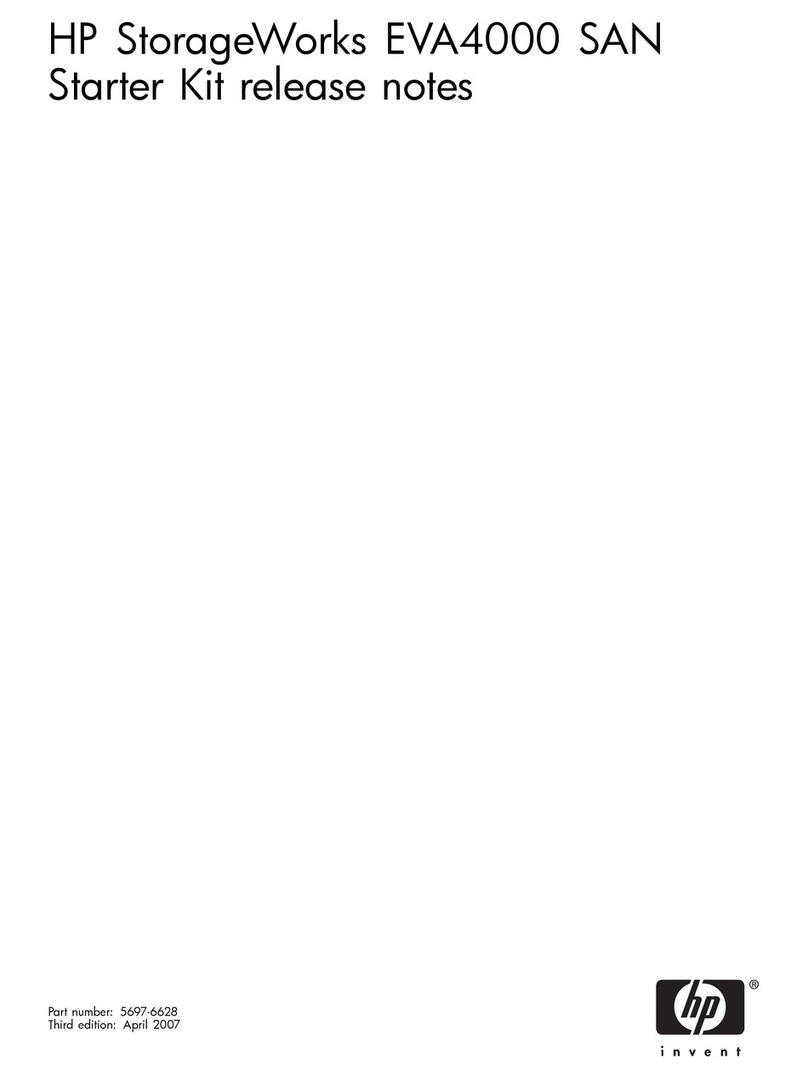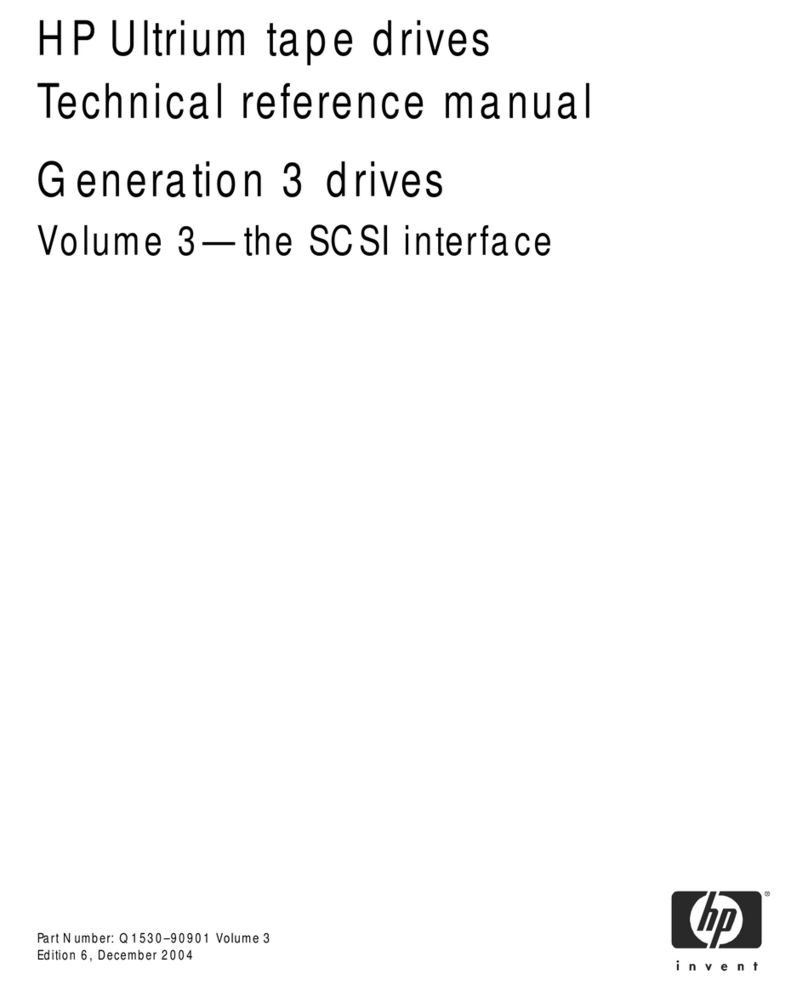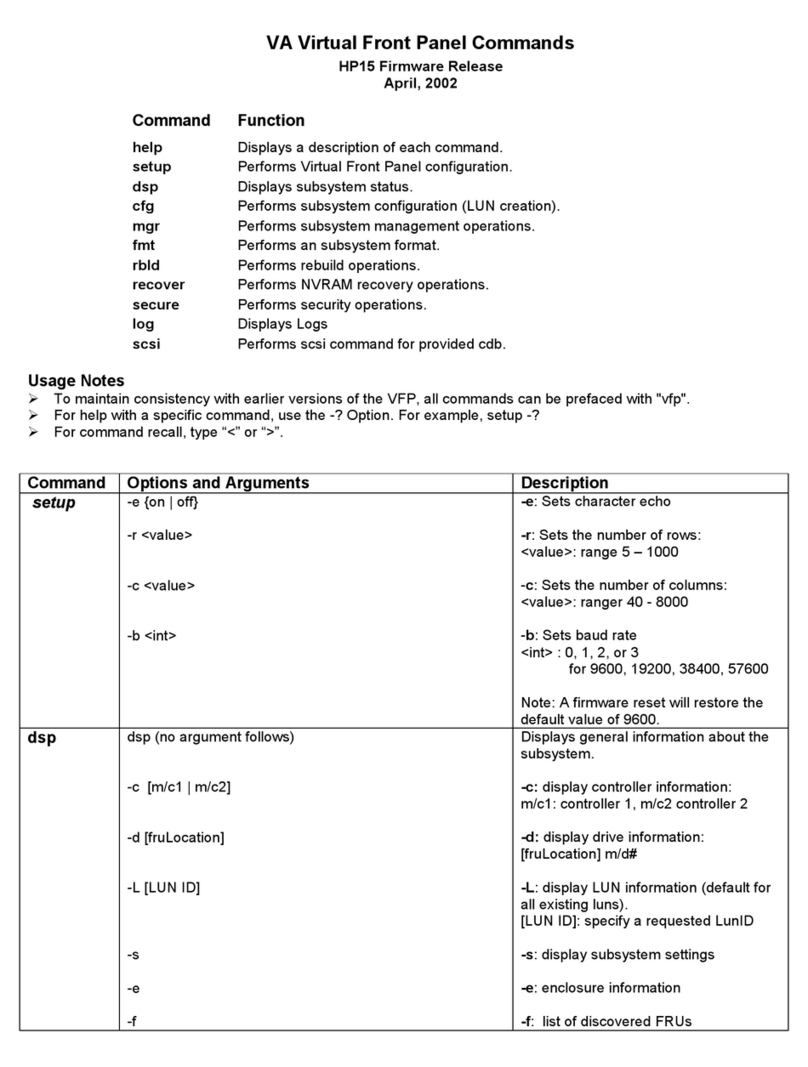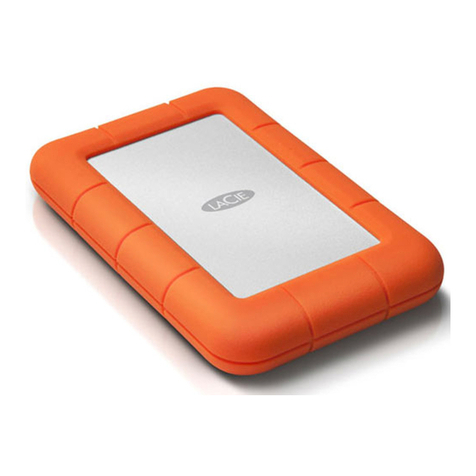HP C737990900 Product manual
Other HP Storage manuals

HP
HP Compaq Presario,Presario 4400 Guide

HP
HP StorageWorks 2000s User manual
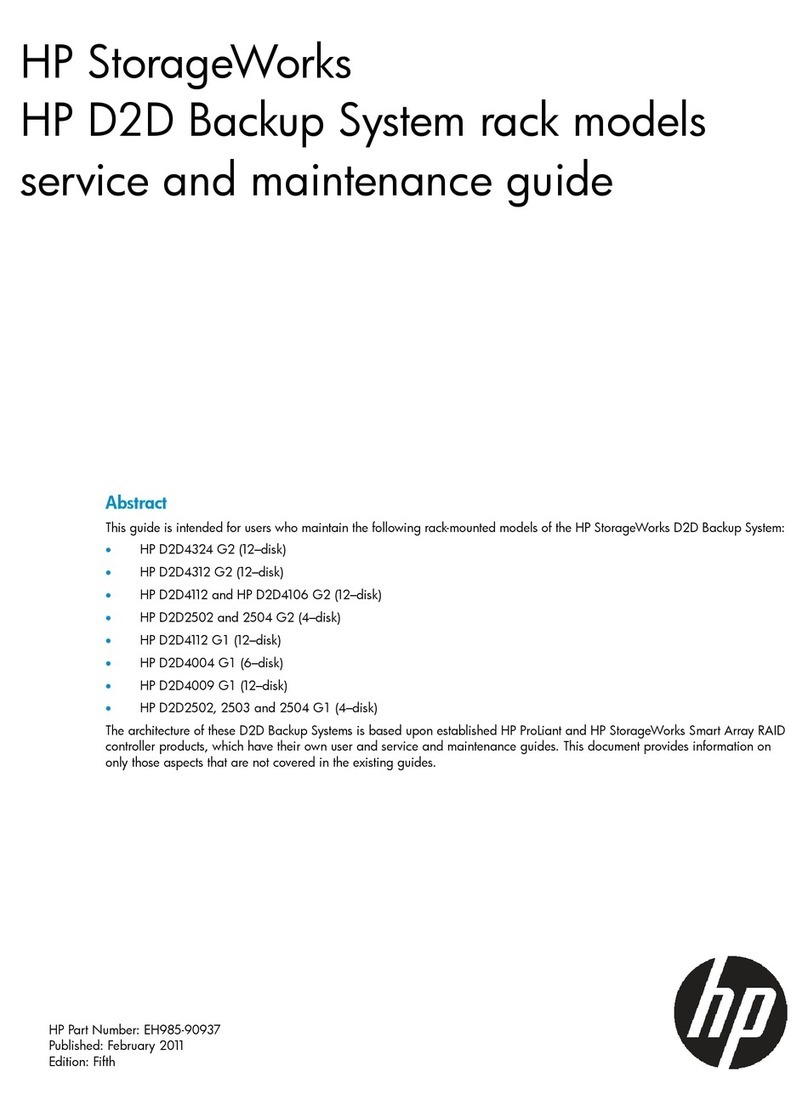
HP
HP D2D Installation and user guide
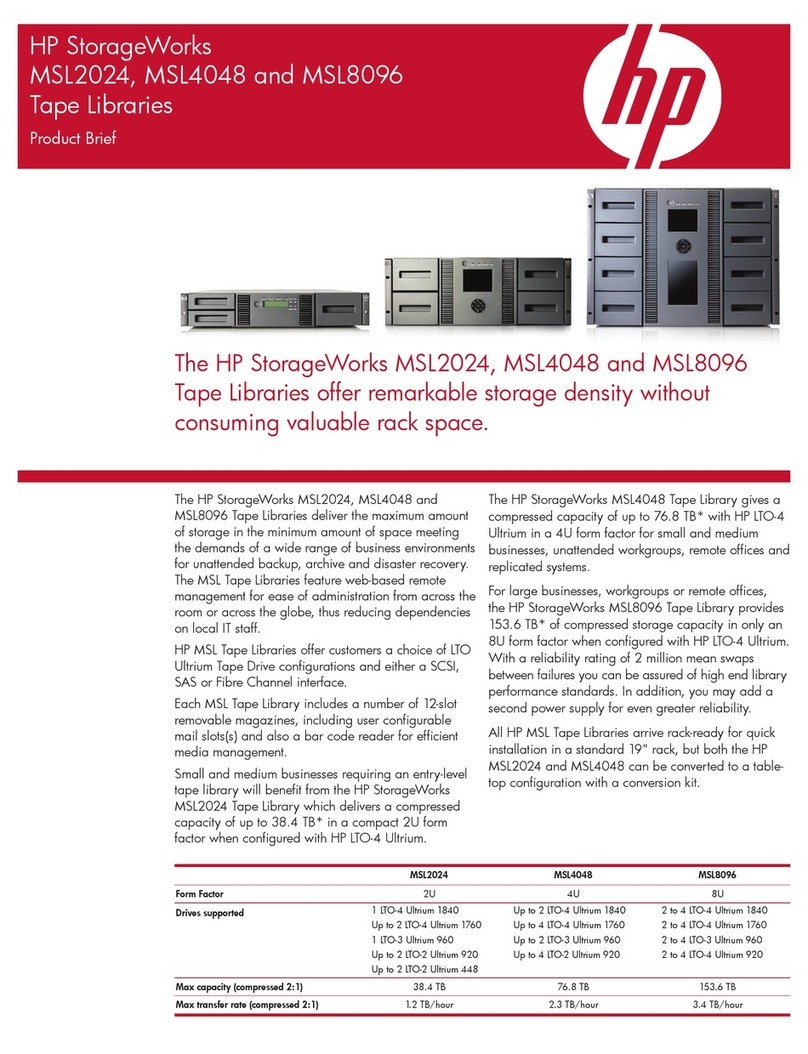
HP
HP StorageWorks MSL2024 Reference guide
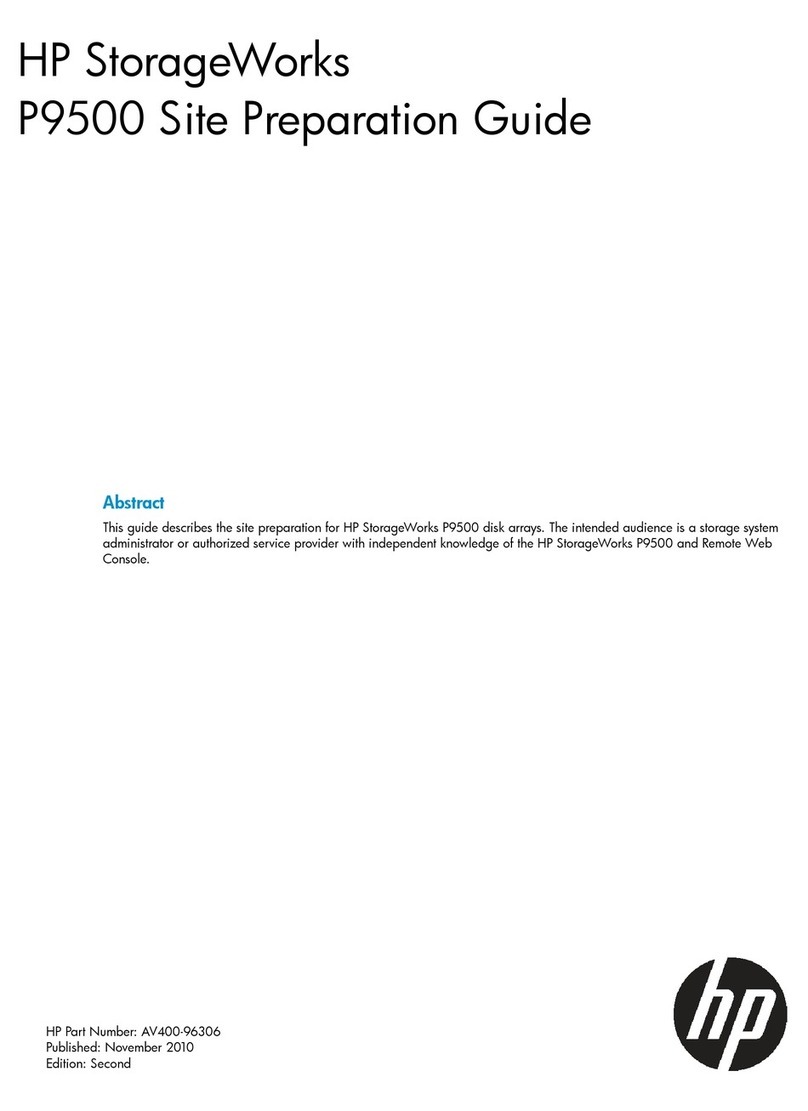
HP
HP P9000 User manual
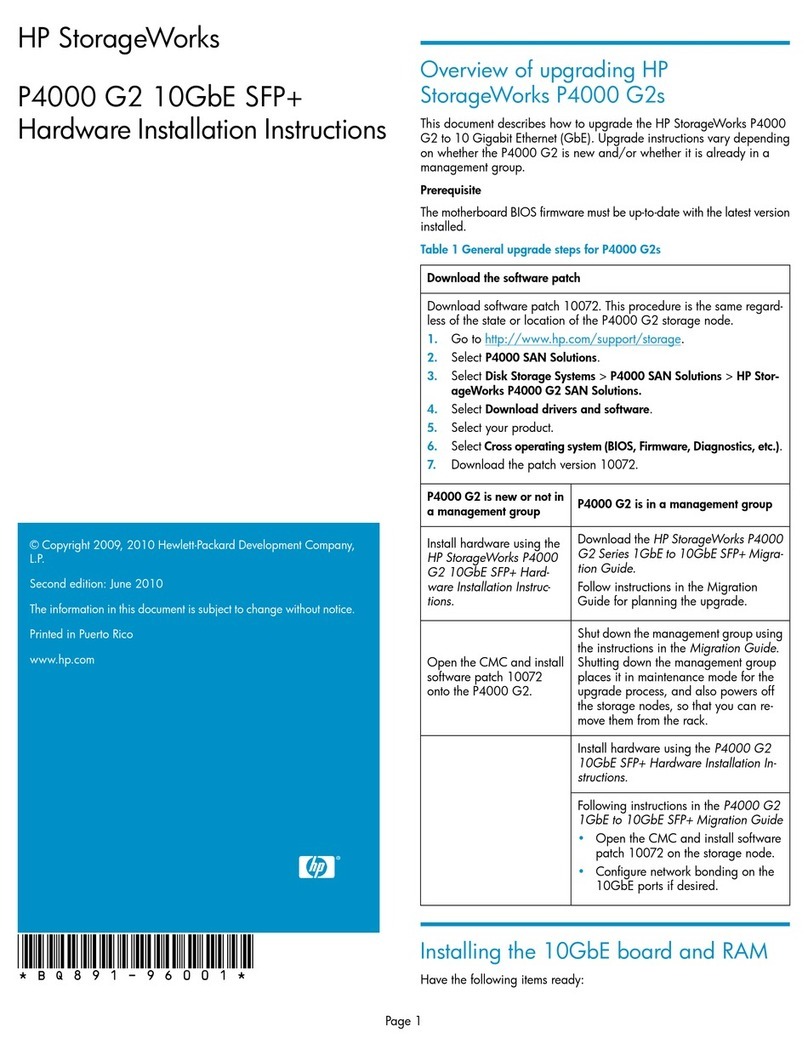
HP
HP StorageWorks P4000 Series User manual
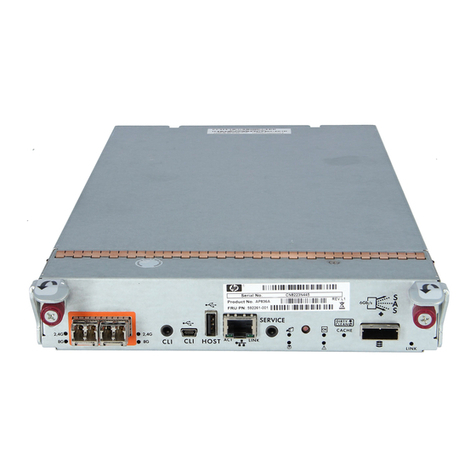
HP
HP P2000 G3 User manual

HP
HP Surestore 64 - Director Switch User manual
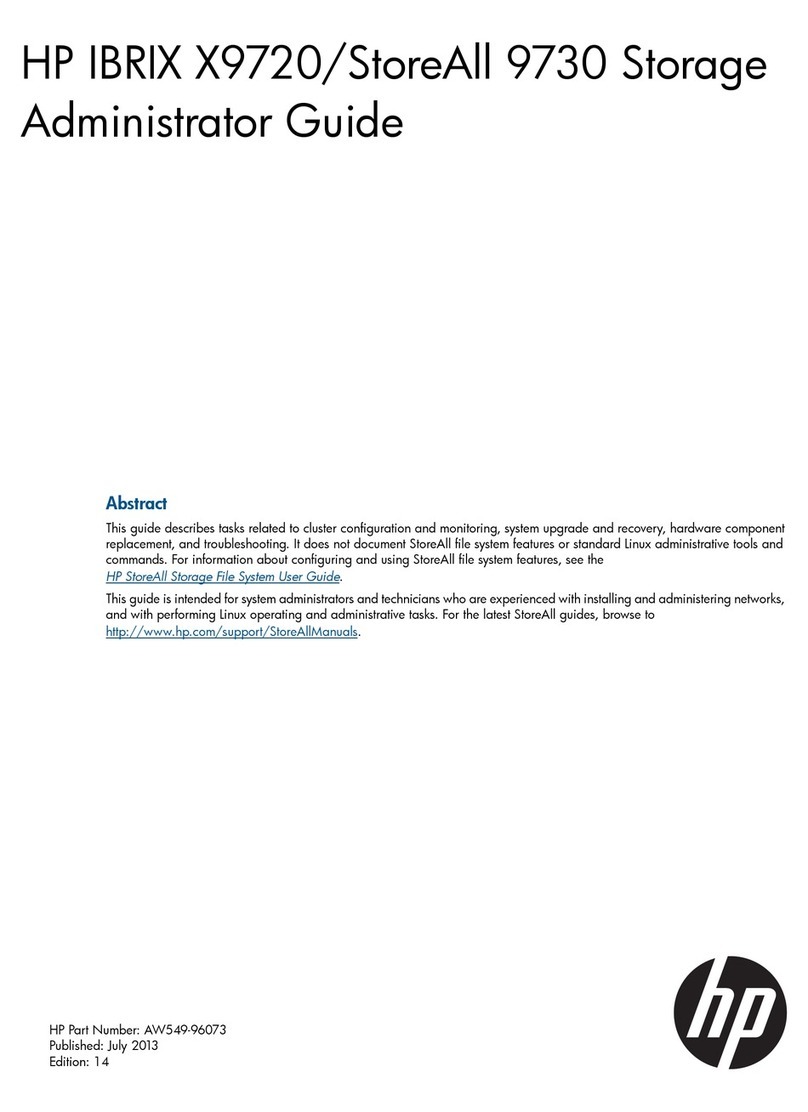
HP
HP StoreAll 9730 Service manual
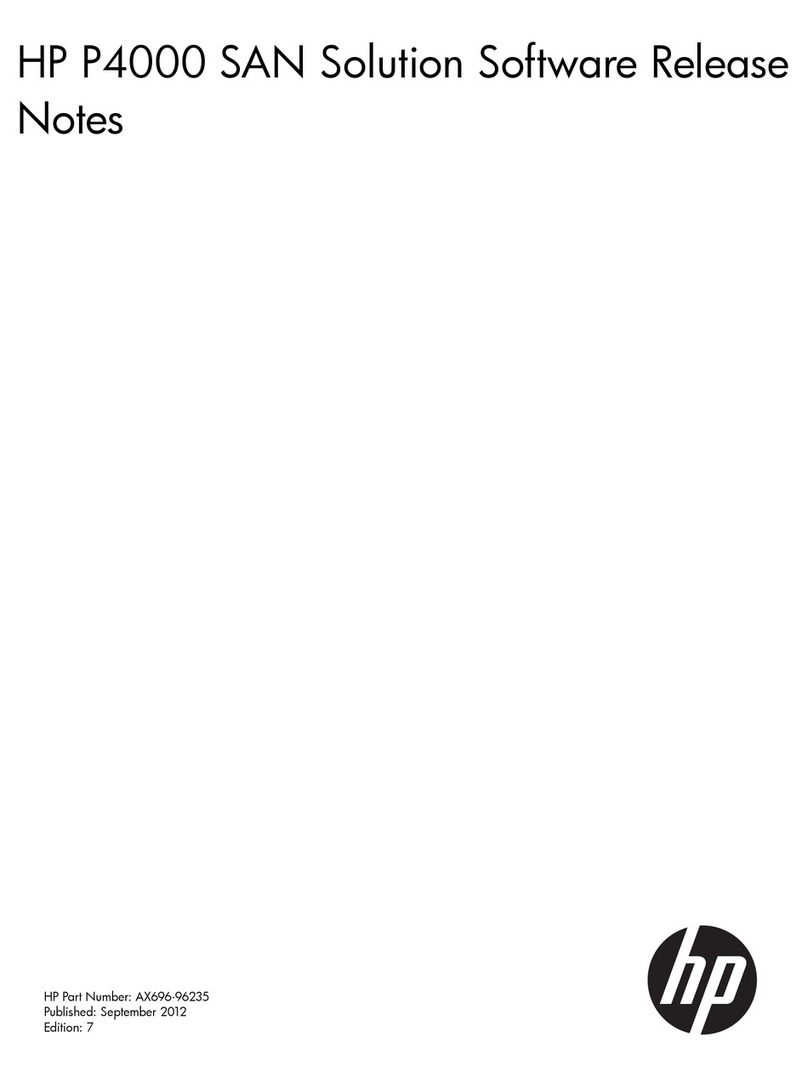
HP
HP Storevirtual 4000 Instruction Manual

HP
HP StorageWorks 8B - FC Entry Switch User manual
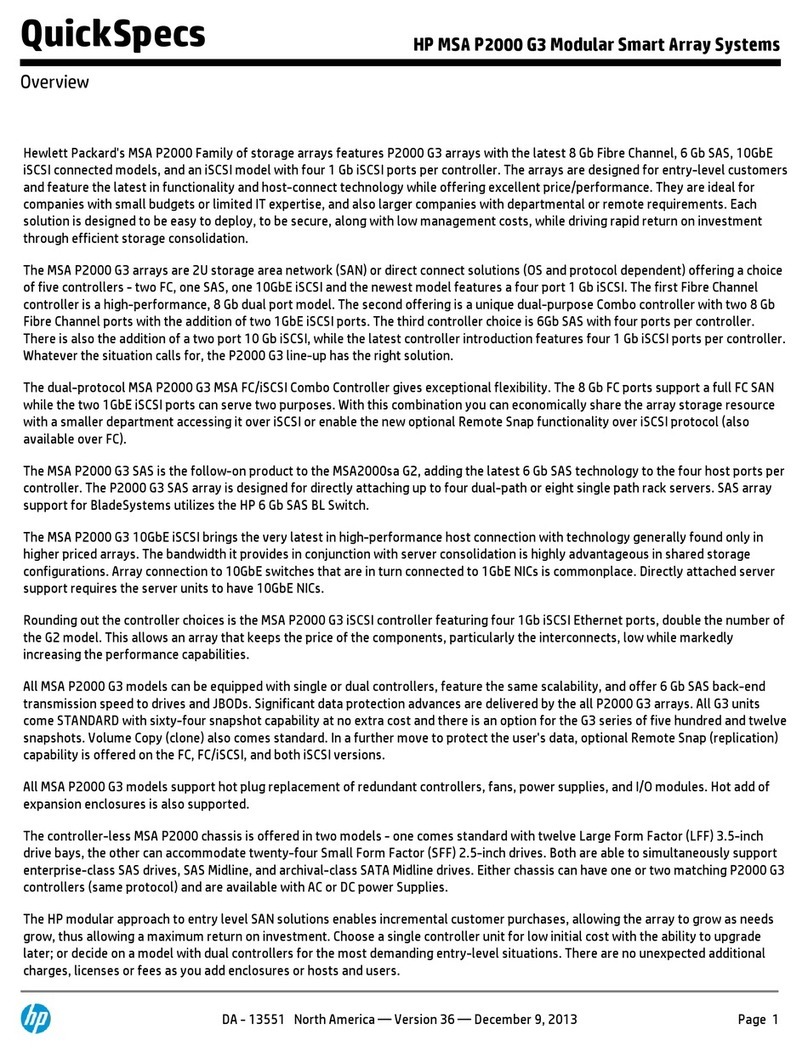
HP
HP P2000 G3 User manual

HP
HP HPE Alletra 6010 Installation instructions
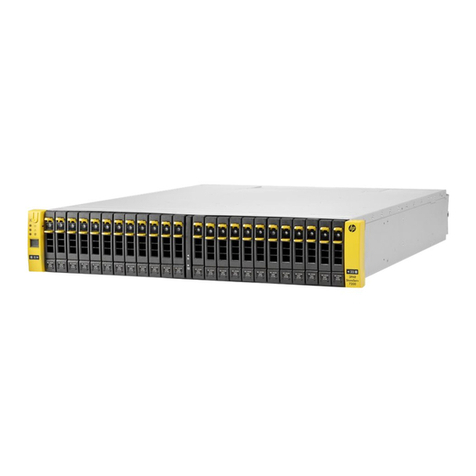
HP
HP 3PAR StoreServ 7200 2-node User manual
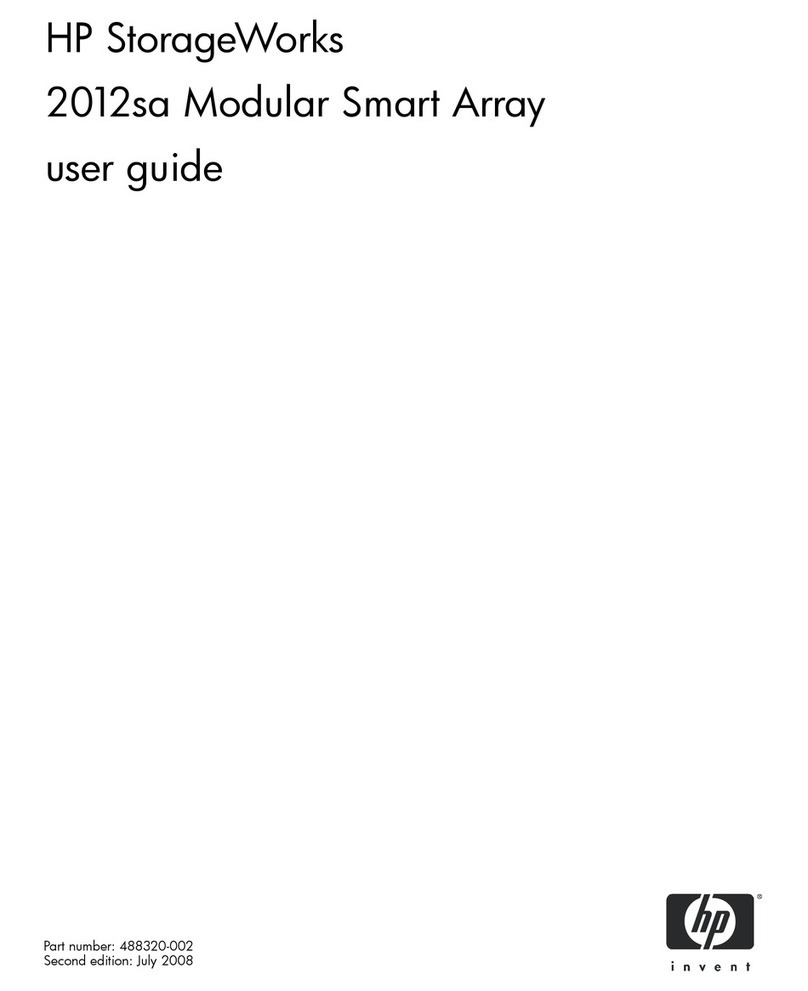
HP
HP AA988A - Modular Smart Array Storage Controller... User manual
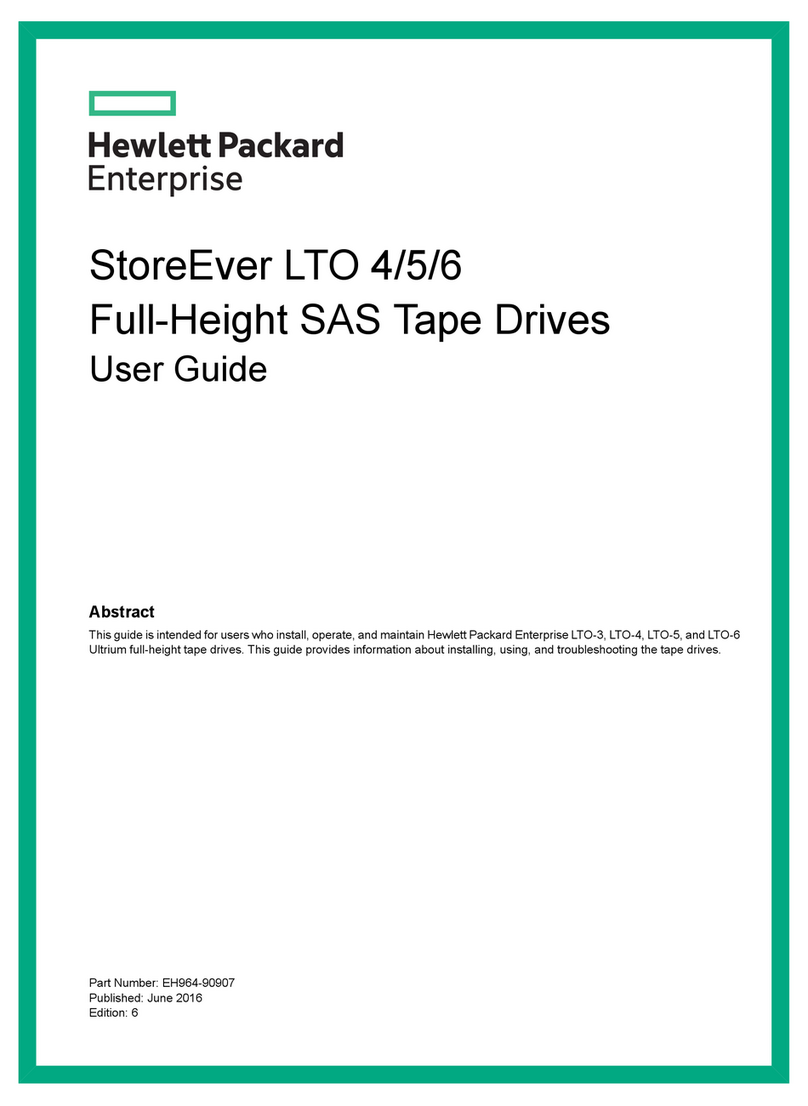
HP
HP STOREEVER LTO 4 User manual
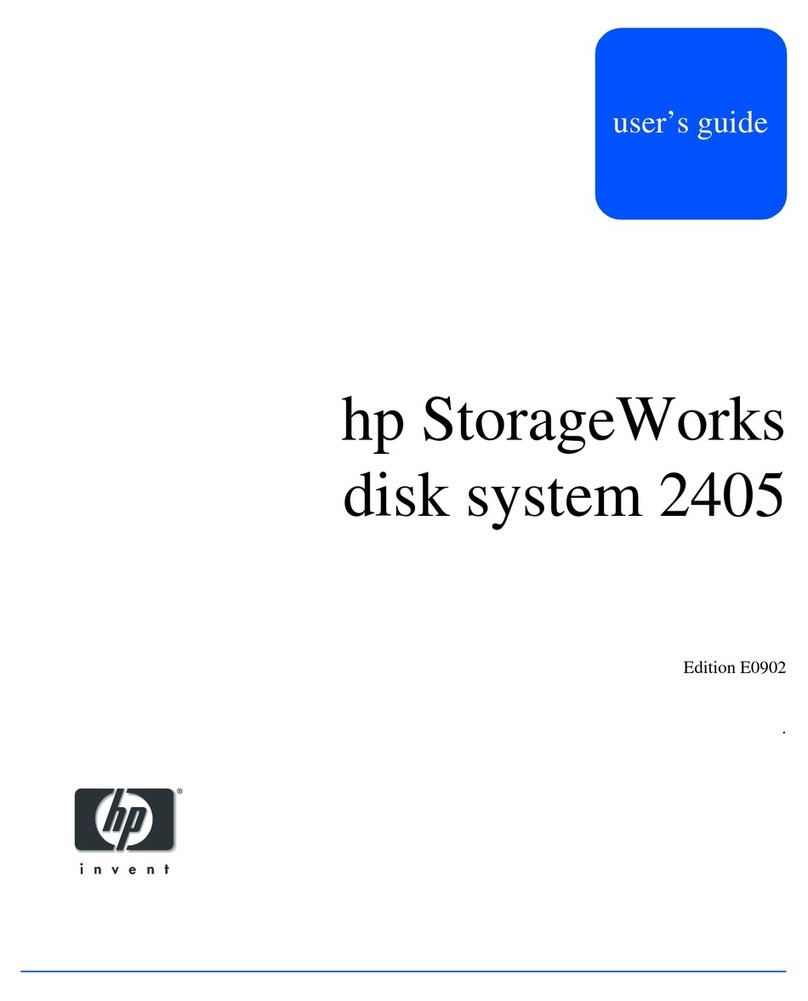
HP
HP StorageWorks 2405 - Disk System User manual
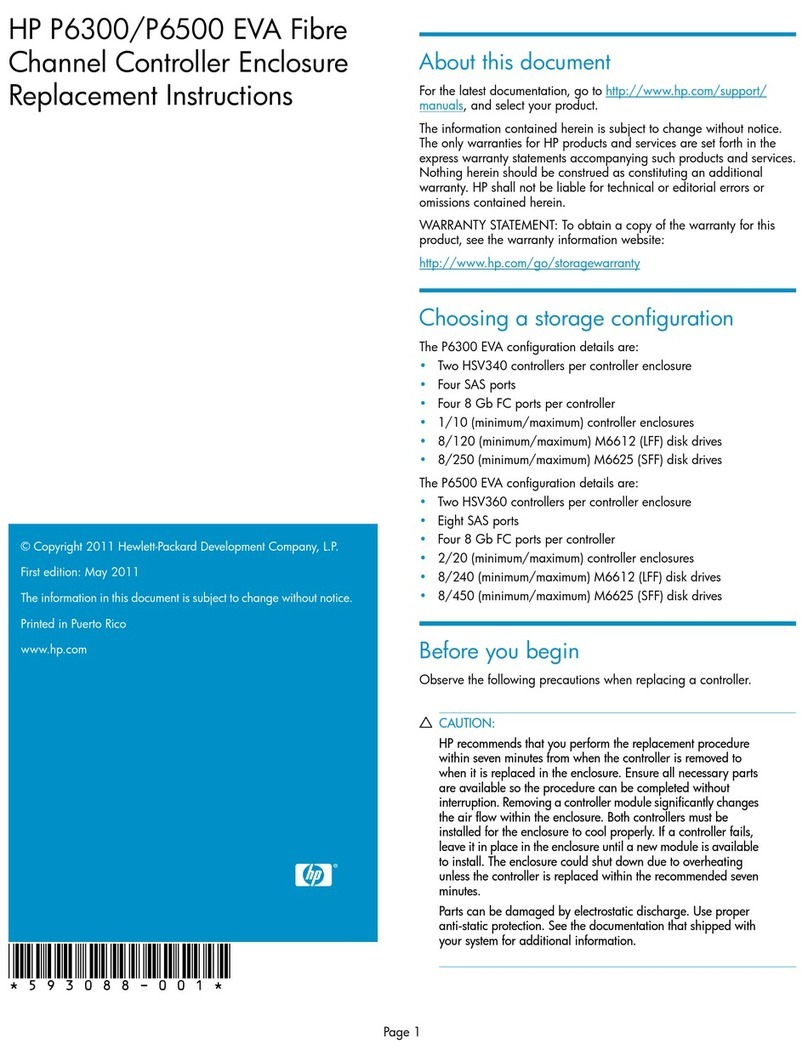
HP
HP Pavilion p6000 - Desktop PC Guide
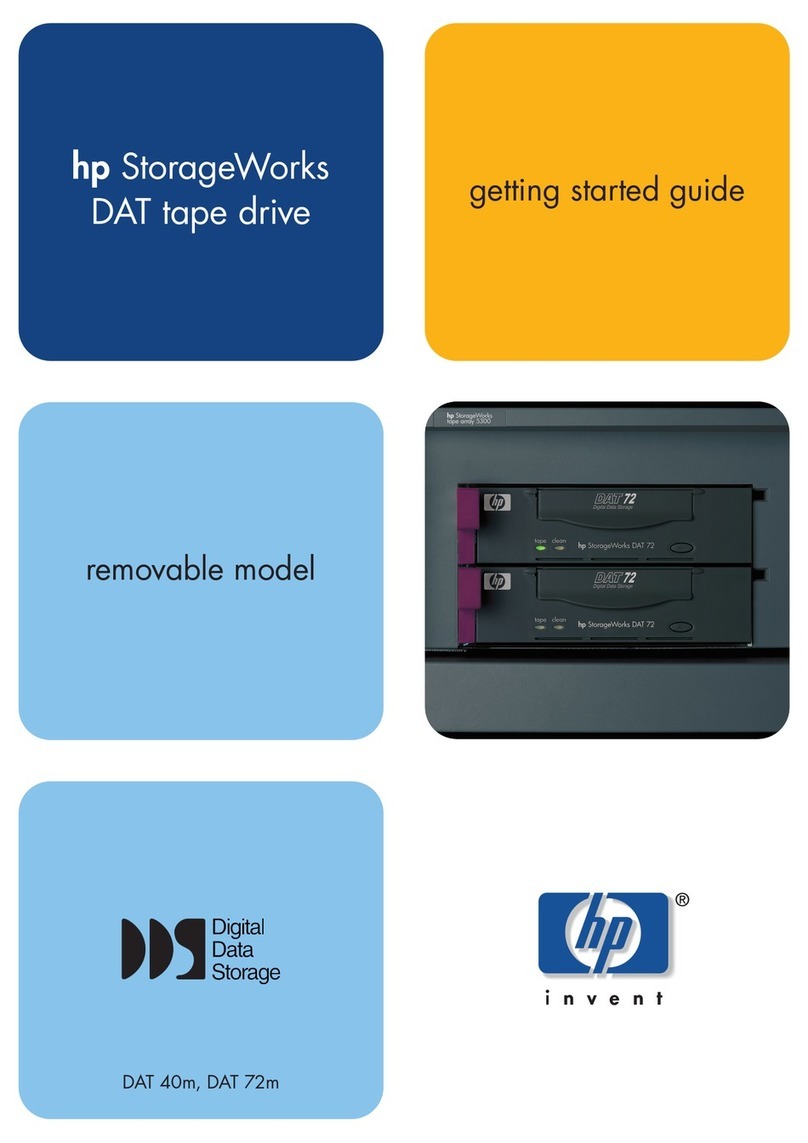
HP
HP StorageWorks DAT 40m User manual

HP
HP AutoRAID 12H Quick reference guide
Popular Storage manuals by other brands
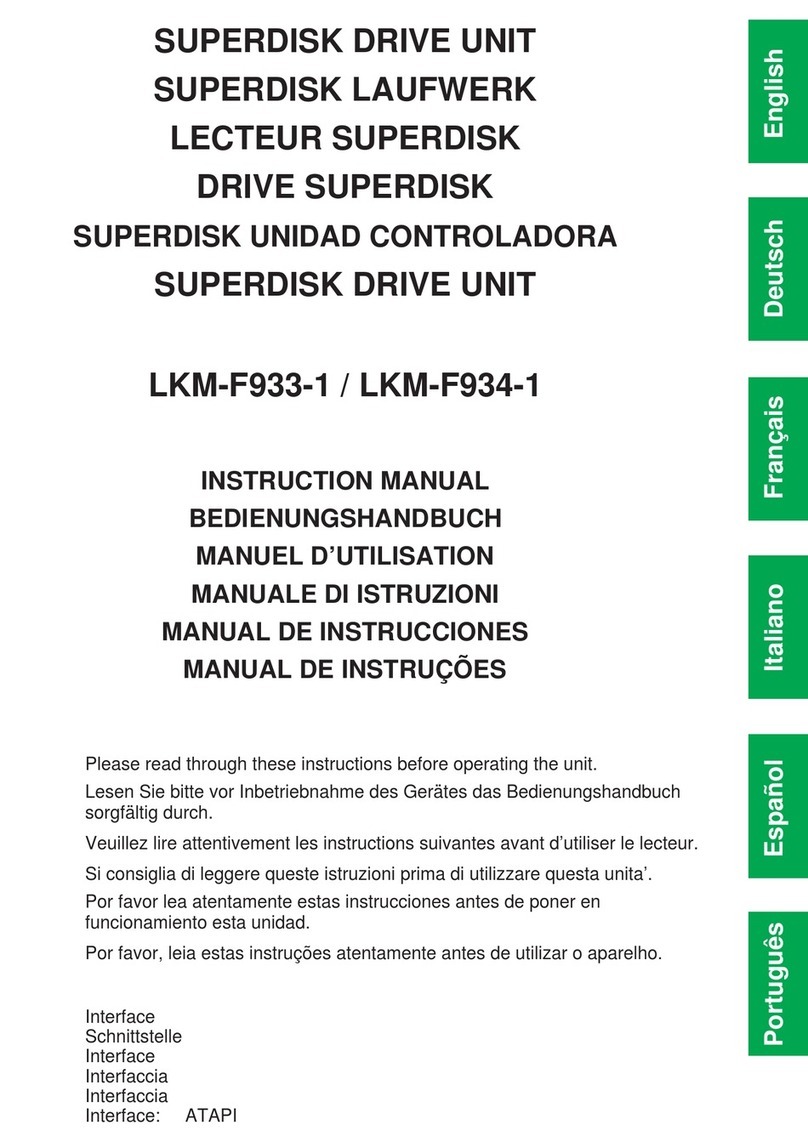
Panasonic
Panasonic LKM-F931-1 instruction manual

Tabernus
Tabernus Enterprise Erase E2400 user guide
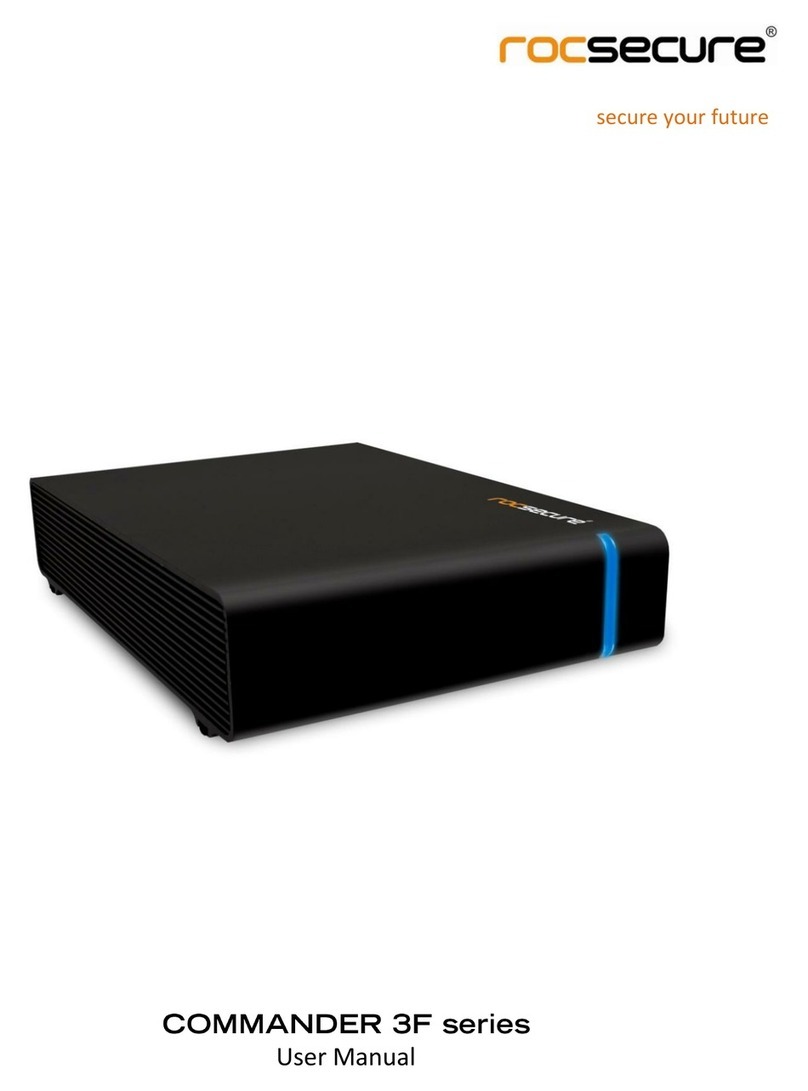
Rocstor
Rocstor COMMANDER 3F series user manual

Western Digital
Western Digital Ultrastar Data60 installation guide
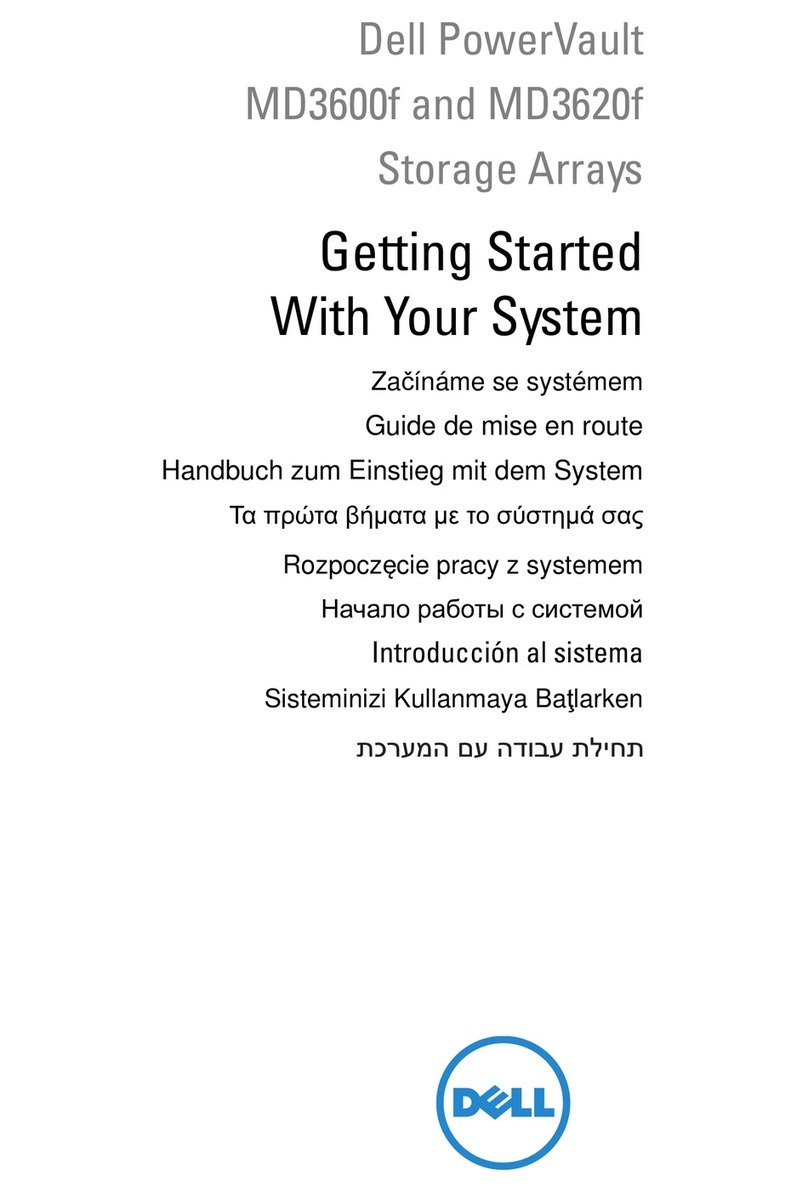
Dell
Dell PowerVault MD3600f Series Getting started

CFI
CFI TERA STOR SATA RAID IV user manual
